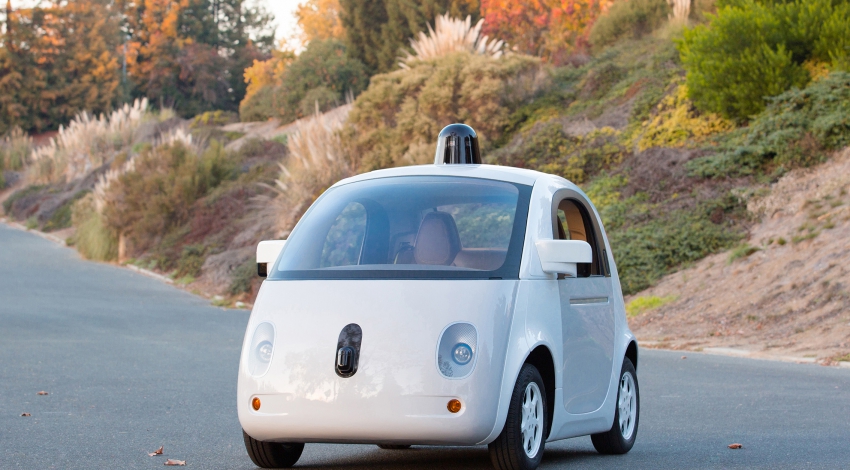The company, in Hormozgan Province Science and Technology Park in Bandar Abbas, launched the autonomous car project in 2010, but only recently started rolling out the system in trials in the southern region, according to ILNA.
Director of the technology park, Ali Fata,announcing the test said, �PGITIC has been able to conduct a successful test with the system automatically navigating a 25-kilometer-long track.�
After conducting safety tests, it will be officially unveiled in autumn in Tehran, he said.
CEO of PGITIC Alireza Sheikh Jafari, said the automated system can be used both in urban areas and for intercity travels.
The autonomous driving system makes use of several technologies and devices that have to be installed on the vehicle. The devices include three cameras, Global Positioning System (GPS), a laser scanner for navigation and ultrasonic sensors.
Road segmentation, obstacle detection, situation awareness constitute fundamental tasks for autonomous vehicles in urban environments. Autonomous vehicles use laser scanners to detect objects and navigate on the road.
An ultrasonic sensor is a device used to measure the distance to an object by utilizing sound waves. It measures distance by sending out a sound wave at a specific frequency and listening for that sound wave to bounce back.
By recording the elapsed time between the sound wave being generated and the sound wave bouncing back, it is possible to calculate the distance between the sensor and the object.
Several international firms commercially produce these scanners and sensors. The Iranian firm on its official website has not provided any information whether it is producing the devices locally or importing them.
Moreover, Jafari said, algorithms are used for analyzing the data cultivated by the sensors and the scanners, but didn�t specify the source of the computing hardware used in the process.
Financial Tribune tried to reach out to the company, but its office in Tehran did not answer the calls.
�Tips and Precautions
The automated system also offers tips and precautions to the driver based on the gathered information. For example, in case the roads are covered with snow, the system asks the driver to fit snow chains to the vehicle tires.
Furthermore, cars using the system and in a vicinity of less than few kilometers of each other will be connected. The information the cars collect will be shared enabling the system to create an authentic live map of the area and the roads conditions.
One of the locally developed features of the system is that it is equipped with a Persian intelligent personal assistant, which uses voice queries and a vocal user interface to answer questions, make recommendations, and perform tasks.
Additionally, it uses face recognition technology similar to what is widely used in smartphones. A face recognition system is a computer application capable of identifying or verifying a person from a digital image.
However, considering the road conditions and driving habits of Iranians it is not certain whether the system would be useable in Iran.
Earlier this week, a Swiss couple travelling across Europe, CIS states and Iran, trialed their Tesla vehicle�s auto-pilot mode in a quiet Tehran neighborhood.
In the video results shown by local automotive website Asbe Bokhar, the Tesla at some points was unable to understand the layout of the roads and the out-of-place position of vehicles around it.
# Tags











